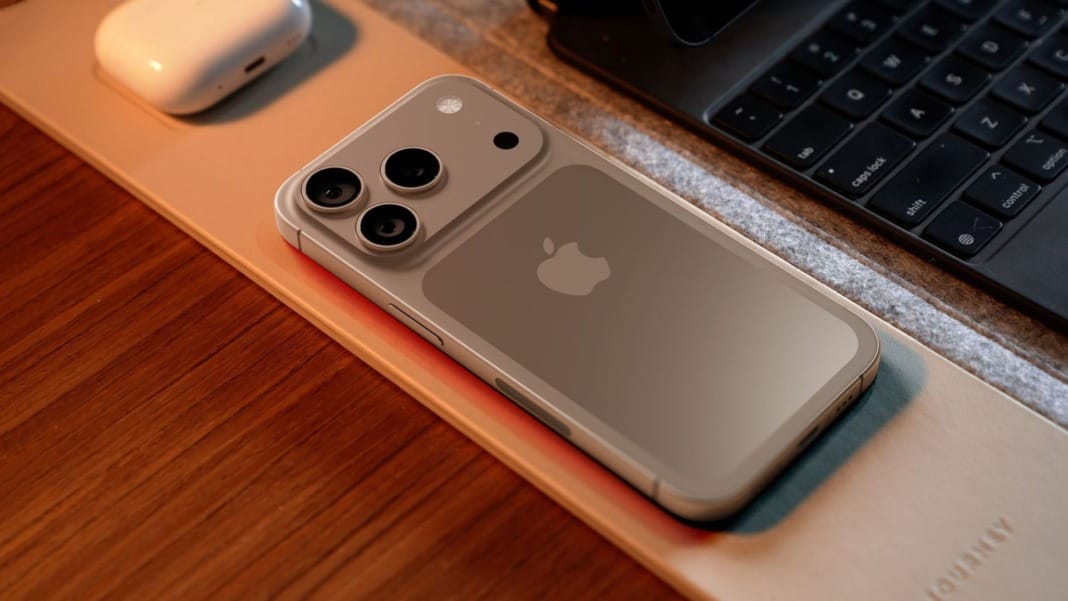Apple has officially announced that it has sold three billion iPhones since introducing the first model in 2007. The milestone was confirmed during the company’s Q3 2025 earnings call, where CEO Tim Cook shared the achievement with investors.
This figure highlights the iPhone’s enduring popularity and Apple’s dominance in the global smartphone market. Taking 18 years to hit the 3-billion mark, the iPhone remains a cornerstone of Apple’s business and a major force in the tech industry.
Sales momentum continues to accelerate
3 billion iPhones sold!
— Greg Joswiak (@gregjoz) July 31, 2025
Thank you to everyone who’s made iPhone such an important part of their lives. I’m incredibly excited for what’s ahead!
The pace of iPhone sales appears to be picking up. Apple sold its first billion iPhones by July 2016, nine years after the device’s debut. The company reportedly reached the two-billion mark around September 2021, just five years after its founding. Reaching three billion by 2025 took only four additional years—evidence that demand has remained strong and even increased, despite the global challenges and market shifts of recent years.
To put the scale into perspective, Apple has averaged 166 million iPhones sold per year, 13.8 million per month, 445,000 per day, and 18,500 per hour over the past 18 years.
While Apple has not specified exactly when the third billion sale occurred, the steady increase in sales velocity suggests that the iPhone continues to resonate with consumers globally. It also reflects the company’s effective product updates and continued expansion into emerging markets.
Strong Q3 2025 results exceed expectations
In addition to this historic milestone, Apple reported strong financial performance for the third quarter of 2025. The company recorded US$94.04 billion in revenue, representing a 10% year-on-year increase and significantly surpassing analysts’ expectations of US$89.22 billion. Net profit stood at US$23.43 billion.
These results underscore Apple’s ability to maintain high levels of profitability even in a competitive market environment. Analysts attribute much of this surge in sales to consumers seeking to purchase devices ahead of anticipated price increases resulting from new U.S. tariffs.
Former U.S. President Donald Trump’s administration is set to introduce tariff hikes that could affect a wide range of consumer electronics. A recent report indicates that Apple may raise prices for its upcoming iPhone 17 models in response. This has likely fuelled a rush in purchases from price-sensitive customers, contributing to the stronger-than-expected quarterly figures.
Looking ahead amid global changes
As Apple prepares to navigate new trade policies and shifts in manufacturing costs, the company’s long-term strategy remains centred on innovation and market adaptability. While tariffs may influence pricing and supply chains, Apple’s broad global presence and customer loyalty provide a strong foundation.
The company’s ability to reach three billion iPhones sold—and to do so more quickly with each passing billion—demonstrates the brand’s resilience and global appeal. With the iPhone 17 on the horizon and more consumers investing in Apple’s ecosystem of products, the company is likely to maintain its position at the forefront of the mobile technology sector.





